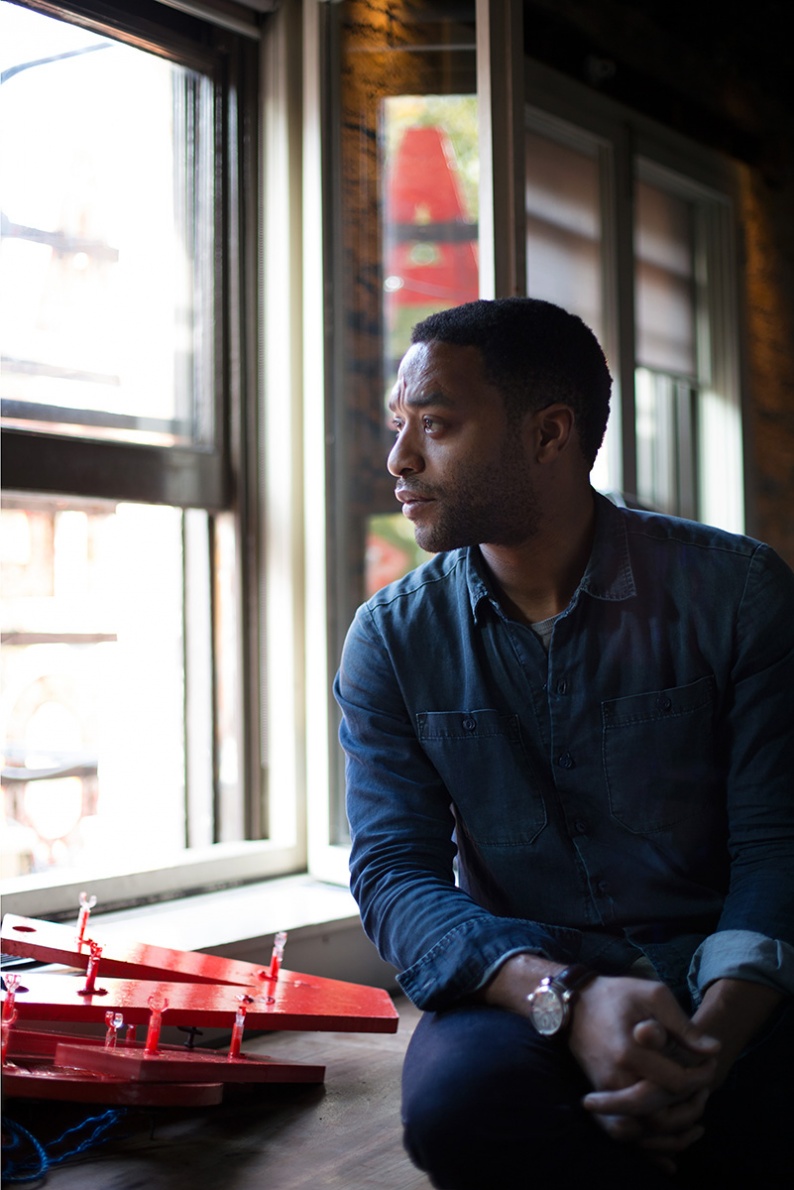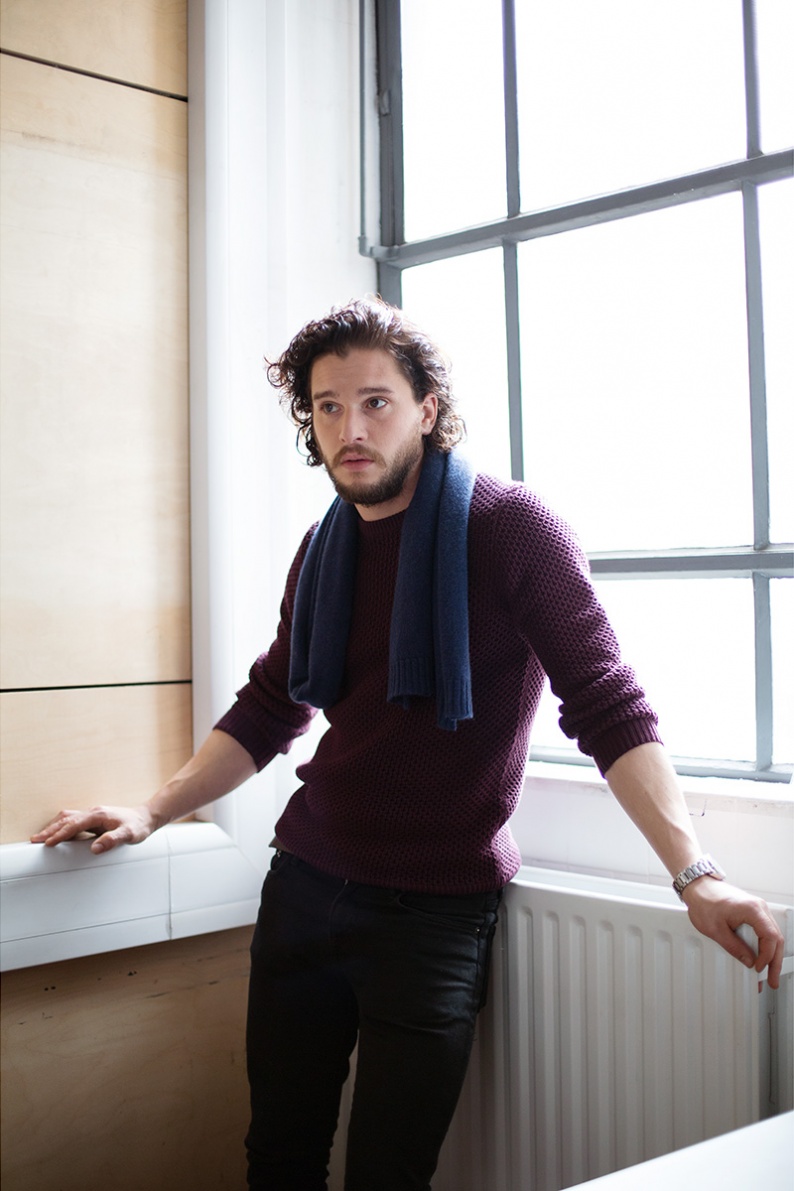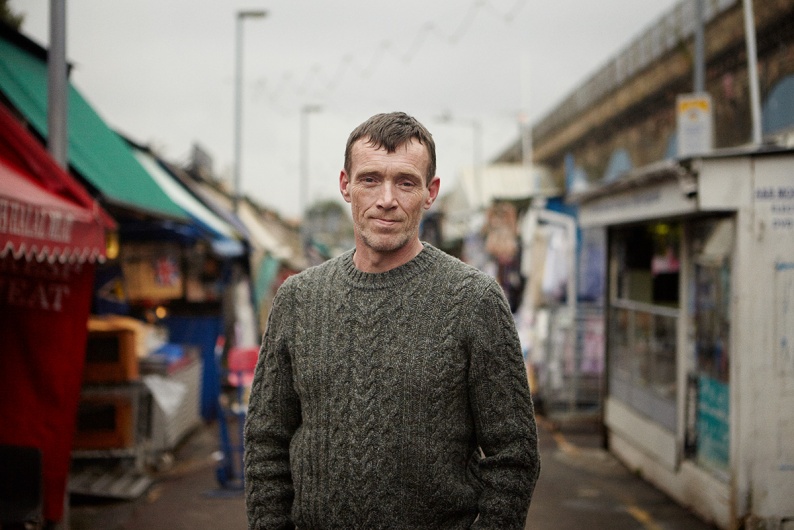News
FOCUS: Caroline Irby
3 December 2020

We catch up with AOP Photographer Caroline Irby. Her recently published book, 'Someone Else's Mother' is a sensitive account of a Filipina women who lived with her family when she was growing up and is currently featured in Spotlight. Find out more about the project below along with what draws her towards portrait photography and more!

© Caroline Irby . Cressida Bonas, actor.
At what point did you think you wanted to be a photographer? Did you get formal training?
My dad started me off: his own photo albums were full of experimental collages, sequences and forays into 3D, and as a child I used to help him put these together. Then at 13 I took a photography class at school, and just felt at home with the medium straight away. The camera gave me a license to do what I liked doing anyway: exploring and watching people closely; it also gave me a feeling of invisibility which I loved, and still love - you are there, but you are not there, when you are photographing.
I don’t have a formal training in photography – my degree is in French and Philosophy. I did an internship at Magnum in Paris when I was 18, and since most of the photographers there - who were my heroes at the time - seemed to have found their way in photography by being out in the world chasing stories, I hoped that I could also skip the studying stage! I did a short course at the LCC after university, then assisted for just over a year which taught me a lot, but mainly I learnt through looking at the work of photographers I loved, then giving it a go.

© Caroline Irby. Chiwetel Ejiofor, actor.
What is it that draws you to photographing people? As a portrait photographer how would you describe your style?
I often wonder, when I’m with people, what it feels like to be them. Faces are fascinating because they are the main landscape of what is happening inside a person. As a photographer, I think making a portrait – watching carefully and trying to capture a glance, gesture or moment or repose that hints at what might be going on inside - is as close as you can get to reading people’s minds! It doesn’t always deliver - sometimes the subject knows their best angle too well and wants to preserve that (and who can blame them), and you don’t always have time to work through this. But there can be a real intimacy in the act of making a portrait: a moment of connection - though it is fleeting.
I can’t bring myself to describe my style, so I’ll describe my approach! I always use natural light for portraiture. I love the purity of it - I don’t think there’s any other light that gives the same feeling, and I work much better with limited equipment anyway. I like all kinds of natural light: flat light, hard light, too much light, not enough light, into-the-light… I have a particular thing for chiaroscuro. I love walking into what looks like a difficult setup and knowing that, in a limited time, I will have to make a good picture there. I like a portrait to be ambiguous; literal images are boring to me. But photography is inherently a very literal medium, you have to work quite hard to get away from this, and I definitely don’t always manage.

© Caroline Irby. Kit Harrington, actor.
Your second book, Someone Else’s Mother has recently been published, which is showcasing in Spotlight. Can you tell us more about the background and how it came about?
The book is about the life of a woman called Juning, who looked after my brother and me as children in London, and the parallel lives of her own four children, who grew up with their grandmother 7,000 miles away, on a small island in the Phililppines. Juning and I were very close – she lived with my family for 22 years and was my main source of care as a child; meanwhile she saw her children only every second year, when she went home for a holiday.
I started working on this project in 2005: a lot of my work as a photographer at the time was focused on refugee stories for editorials and the UN etc, and I began to really feel that I needed to find out more about the displacement story I had grown up alongside. Whenever I was back in London, I began talking with Juning about her life, and the life she had left behind; the same year we travelled together to her island in the Philippines, which she was preparing to retire to.
Then a hiatus: a commission from Guardian Weekend came along, which took up a couple of years of my time (and became another book, ‘A Child from Everywhere’); then I had babies. As a mother myself, the notion that Juning lived apart from her four children for so many years became painful to imagine, and I returned to the project with more empathy, wanting to try to understand how this had all happened, and what the effect on the people involved had been.
Early in 2018 I got in touch with Juning’s children, all now in their 40s and 50s, and they agreed to meet on their island, and to talk more about the childhood they spent in their mother’s absence. I travelled out there that summer, taking my own children with me.
The resulting story, ‘Someone Else’s Mother’, published by Schilt, is told through archive pictures from Juning and my father’s albums, photographs I made (on a Rolleiflex) over a fifteen year period both in London and on Juning’s island, interviews with Juning and her children, and my own recollections of a childhood spent with their mother.
I have to acknowledge the publisher, Maarten Schilt here, who I met at Photo London in May 2018, just before I made that trip to the Philippines with my children. We talked at length about the project there, and he really helped me explore the story more deeply – I felt at times that he understood it better than I did. Putting the book together was a joint effort with him and with a Dutch designer called Victor Levie, who is a wonderful listener and clear thinker. Without these two, and without the openness of Juning and her children to participating in this project, there would be no story to share.

© Caroline Irby. Moni Sheehan, storyteller, for Newsweek.
In recent years we have seen a number of women photography groups push the visibility of female photographers. Do you feel this has had an impact on you?
I’ve really appreciated an organisation called Women Photograph, which was set up by the photographer Daniella Zalcman. Photography can be very each-for-themselves, but she and her team have a more generous vision, and have been incredibly kind with their time, creating a platform where female and non-binary photographers all over the world can connect and showcase their work. I get quite a few commercial jobs through their website, and during the first Covid lockdown, the steps they took to connect photographers all over the world, and the challenge of weekly themes they set, were welcome distractions from everything that lockdown (and home schooling) delivered.

© Caroline Irby. Thomas McCarthy, storyteller, for Newsweek
Having been a Member of the AOP since you started out as an Assistant can you talk about how being a member has helped you progress your career?
Yes - I joined when I was assisting, and won a couple of AOP awards early on, which came in handy when I was first doing the rounds of magazine picture editors. The AOP has always been super helpful when I’ve had questions about the financial side of things, and in recent years, when I’ve shot advertising campaigns and eventually asked how the client came across my work, it’s quite often been through the AOP.

© Caroline Irby. I couldn’t resist including one of my son, Laszlo
View the a selection of images from the book Someone Else's Mother in Spotlight



